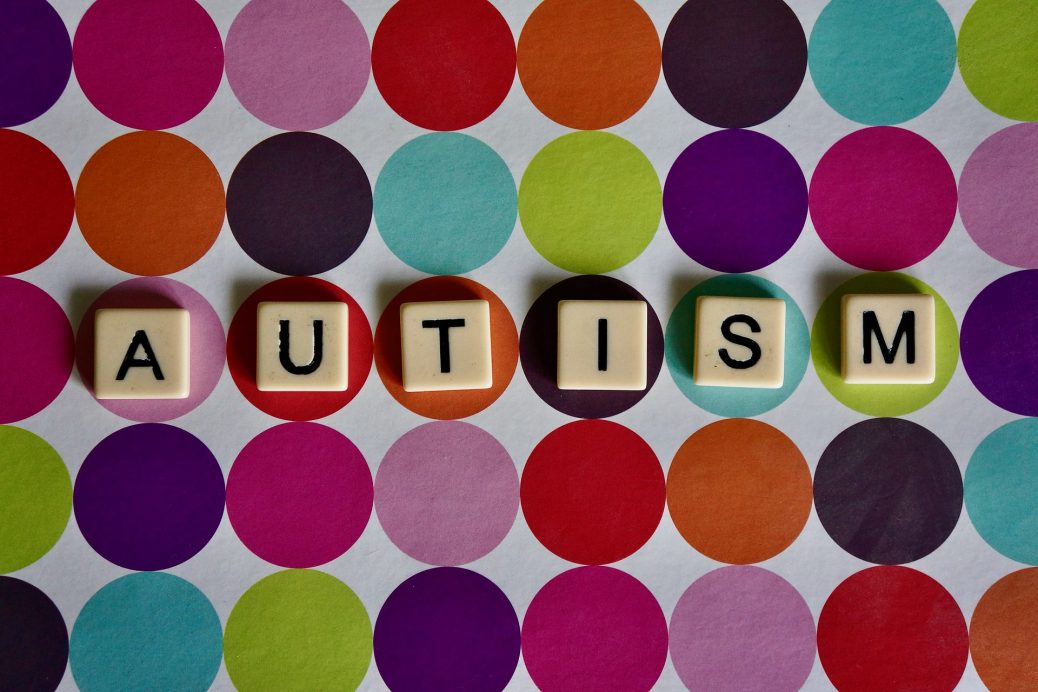The prevalence of autism spectrum disorder (ASD) has reached higher in the last past few years. Why ASD rate is getting higher? US based, In 2023 the Centers for Disease Control and Prevention announced that around 1 in 36 children are diagonsed with ASD. That increased from 1 in 44 in 2018. CDC
There are many factors that cause higher rate including heightened awareness, advanced diagnostic criteria, potential changes and environmental influences.
Enhanced Awareness and Screening
Psychologist identify, assess and screen more children with ASD due to greater increased awareness and improved screening . Parents, educators, and healthcare providers are now more aware in identifying early signs and symptoms of autism, providing earlier and more regular diagnoses. This heightened awareness provide significantly to the intensify prevalence rates.
Evolving Diagnostic Criteria
As changes in diagnostic criteria have extended the definition of ASD, that enclose a wider spectrum of behaviors and problems. The publication of the Diagnostic and Statistical Manual of Mental Disorders, Fifth Edition (DSM-5) in 2013 combine various subtypes, such as Asperger’s syndrome, into a single ASD diagnosis. This reorganization cause to led to more individuals to meet the diagnostic criteria for ASD, thereby it cause to increase prevalence rates.
Environmental Factors
Research recommend that environmental factors may also play a major role in the increasing rates of autism. A latest findings defines that exposed to air pollution, specifically car exhaust, during pregnancy or early infancy could lift the risk of developing ASD. The recent study found that pollutants materials like nitric oxide might disturb normal brain development, possibly contributing to autism.
Impact of Maternal Diet During Pregnancy
Nutrition and diet are considered to be very important role in a child’s brain development, that mother take during pregnancy. Deficiencies of essential nutrients or taking harmful substances during pregnancy can cause autism risk.
- Folic Acid Deficiency: Recent findings have shown that insufficient folic acid intake during the early trimester of pregnancy can higher the risk of neural tube defects and likely contribute to autism. A 2019 study published in JAMA Psychiatry finds out that mothers who took prenatal vitamins containing folic acid were less likely to have children diagnosed with autism compared to those who did not take those vitamins. (jamanetwork.com)
- High Sugar and Processed Food Intake: Diets which are rich in processed or pack foods and sugars during pregnancy are linked to inflammation and oxidative stress, which may cause fetal brain development. Some research also suggests that these dietary plans can heighten and even cause autism risk.Autism Spectrum Disorder(ASD)
Dietary Factors in Early Childhood Development
The foods taken by young children during early developmental time may also impact autism-related behaviors and problems.
- Microbiome and Gut-Brain Axis: Emerging study stress the significance of gut health in neurodevelopment. A research published in Nature Communications in 2022 associated imbalances in gut microbiota, due to those diets which are low in fiber and high in sugar, to an increased features of autism-like behaviors. (nature.com) Best Recommended Foods for ASD Children: A Guide to a Healthy Diet
- Nutritional Deficiencies in Omega-3 Fatty Acids: We can find omega-3s, in fish and nuts, are important for brain development. Deficiencies in omega-3 fatty acids can cause impairments in social behavior and communication, usual characteristics of autism.
Advanced Parental Age and Autism Risk
Research defines that both maternal and paternal ages can cause separately to higher risk of ASD in offspring. A study that published in Molecular Psychiatry tells that advancing parental ages can lead to higher ASD risk, with the linking being more higher as parental age increases.
- Paternal Age: Men above 50 years of age have a 66% more chances of having children identifying with autism as compared to those in their 20s. Karolinska Institutet News
- Maternal Age: Similarly, higher maternal age over 30 years can orignate higher ASD risk, with odds ratios indicating a significant rise in Probability. JAMA Network
Conclusion
The rising rates of autism spectrum disorder (ASD) are allocate to a many-sided combination of factors, including make better diagnostic tools, greater awareness, and developed diagnostic criteria that surround a broader spectrum of behaviors. Environmental impact, such as exposure to toxins and pollutants, advanced parental age, and maternal health during pregnancy, further come up with the prevalence. Additionally, nutrition plays an essential role, of maternal deficiencies with key nutrients like folic acid or imbalanced diets affect fetal neurodevelopment, while early childhood diets have an effect on gut health and the gut-brain axis may also regulate autism-related behaviors.
Amplifying healthcare access and early intervention programs have facilitated the detection of autism in diverse populations, particularly among underdiagnosed groups. Jointly, these component reflect progress in understanding and identifying autism while underscoring the importance of continued research, early support, and adapt interventions to direct this heighten neurodevelopmental condition.
Frequently Asked Questions
- Is the increase in autism percentage only due to better diagnosis?Because of improved diagnostic practices and more careful awareness have significantly involved to the rise in reported cases, other factors, that includes environmental influences, also plays role.
- Have vaccines become causing factor of autism?No, there are no link found between vaccines and causing autism.
- Environmental factors, like air pollution can increase autism risk?Some researches suggest that there is a potential link between exposure to pollutants, such as car exhaust can increased risk of autism. However,much research is needed to establish a definitive connection.
- Having older parents ensures child will be ASD? No, increased parental age can increases the risk, it does not guarantee that a child will have autism. Many children born to older parents develop typically.
- Is the risk higher with older fathers or older mothers?Studies suggest that both advanced maternal and paternal ages are associated with increased autism risk, with some research indicating a slightly higher risk linked to older fathers. Verywell Health
References
- “Prenatal Vitamins and Autism Spectrum Disorder Risk,” JAMA Psychiatry, jamanetwork.com.
- “Gut Microbiome and Autism Spectrum Disorder,” Nature Communications, nature.com.


